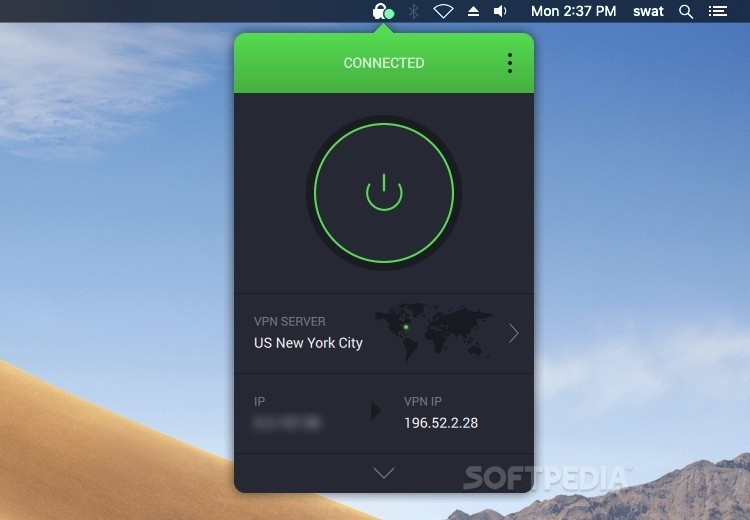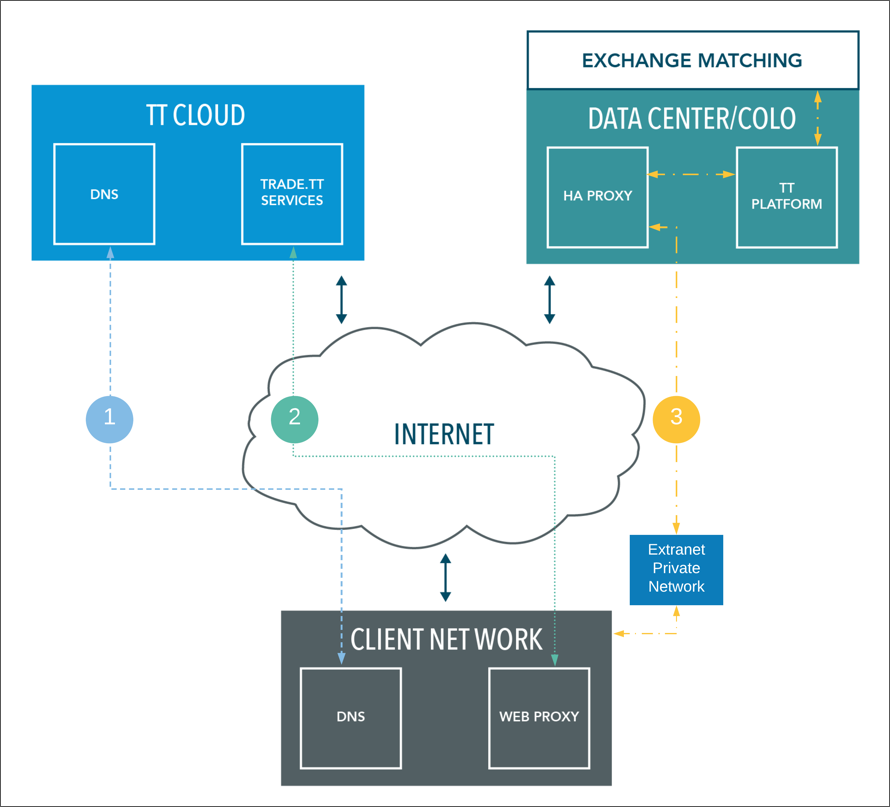
- Private internet access proxy port 1080 how to#
- Private internet access proxy port 1080 install#
- Private internet access proxy port 1080 update#
- Private internet access proxy port 1080 registration#
- Private internet access proxy port 1080 software#
Please run with the -h option to see help if you want to choose your own port. If you do not need web client (21118, 21119) support, the corresponding ports can be disabled.
Private internet access proxy port 1080 registration#
21115 is used for the NAT type test, 21116/UDP is used for the ID registration and heartbeat service, 21116/TCP is used for TCP hole punching and connection service, 21117 is used for the Relay services, and 2119 are used to support web clients. Please note that 21116 should be enabled both for TCP and UDP. Be sure to open these ports in the firewall. The relay server specified by the client has a higher priority than this.īy default, hbbs listens on 21115 (TCP) and 21116 (TCP/UDP), 21118 (TCP), and hbbr listens on 21117 (TCP), 21119 (TCP).

You do not need to specify port if you are using default 21117 port. The -r parameter of hbbs is not mandatory, it is just convenient for you not to specify a relay server on the controlled client side. Another good tool for your logs is pm2-logrotate. If you want to make hbbs/ hbbr auto-run after reboot, please check out pm2 save and pm2 startup.
Private internet access proxy port 1080 install#
you can not see hbbs/ hbbr in pm2 list), please download and install the Node.js LTS version from. Pm2 requires Node.js v16+, if you fail to run pm2 (e.g. We suggest you use pm2 for managing your service. If it is only for office work demand, the traffic is around 100K/s. The traffic of a relay connection is between 30k-3M/s (1920x1080 screen) depending on the resolution settings and screen update. Regarding the network size, if the TCP hole punching direct connection fails, the relay traffic will be consumed. You can also use a Raspberry Pi or something similar. The hardware requirements are very low the minimum configuration of a basic cloud server is enough, and the CPU and memory requirements are minimal. They are built on CentOS Linux 7, tested on CentOS Linux 7/8 and Ubuntu 18/20. The tutorial below is based on Linux build.
Private internet access proxy port 1080 software#
rustdesk-net restart: unless-stopped Set up your own server instance without using Docker STEP 1: Download server-side software programs You need to have Docker/Podman installed to run a rustdesk-server as a docker container Docker examples Install your own server with docker(-compose) Requirements
Private internet access proxy port 1080 update#
There is also an update script on Techahold’s repository. If you have UFW installed use the following commands to configure the firewall (port 8000 only needed if you want to use the auto generated install files): ufw allow 21115:21119/tcp The example commands for UFW (Debian based) are: ufw allow proto tcp from YOURIP to any port 22 Make sure you have got access via ssh or otherwise setup prior setting up the firewall. Please setup your firewall on your server prior to running the script. A server with 1 CPU, 1 GB and 10 GB disk is plenty to run RustDesk. You need to have Linux installed, script is tested working with CentOS Linux 7/8, Ubuntu 18/20 and Debian.

Script is hosted on Techahold and supported on our Discord.Ĭurrently the script will download and setup the Relay and Signal Servers (hbbr and hbbs), generate configs and host them on a password protected web page for simple deployment to clients.

Private internet access proxy port 1080 how to#
Can I get a confirmation on how to set up qBittorrent? I seem to find little bits and pieces of the settings but not always in one place.


 0 kommentar(er)
0 kommentar(er)
